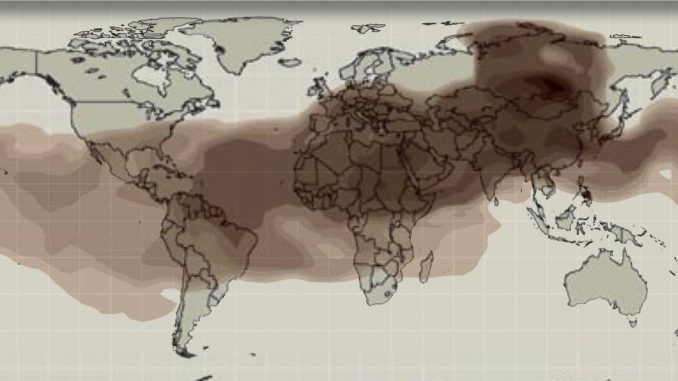
With Washington threatening any nation (i.e. Russia, China, Iran and North Korea among others) that doesn't subscribe to the mantra that all nations must obey the United States and its geopolitical agenda, a recent release by the United States Department of the Army provides us with an interesting glimpse inside America's nuclear psychology.
Here is the cover page of Joint Publication 3-72 which is simply entitled "Nuclear Operations":
The report is prepared under the direction of the Chairman of the Joint Chiefs of Staff, setting out the doctrine that will "govern the activities and performances of the Armed Forces of the United States in joint operations, and it provides considerations for military interaction with governmental and non-governmental agencies, multinational forces and other interorganizational partners." In this case, the document focusses on the U.S. nuclear forces, describing its roles and prescribing the use of the nation's nuclear capabilities.
Let's start by looking at the principal justification for having nuclear arms in the first place:
1.) Deterrence – there are four parts to deterrence:
a.) credible deterrence will act to influence America's adversaries and their decision makers that the United States has both the capability and resolve to use nuclear weapons, denying the benefits of and imposing costs on any actions by adversarial governments.
b.) nuclear forces must give the President the means to respond to an attack on the United States, its allies and it's partners and must be able to achieve the strategic objectives defined by the President. The application of nuclear operations is important throughout all phases of a military operation and is critical to influencing an adversary's decision-making processes.
c.) America's nuclear forces act as a deterrent to the proliferation and development of other nation's nuclear weapons capabilities.
d) America's nuclear forces act as a deterrent to the acquisition of nuclear materials and exchange of nuclear expertise that can be used by other nations to start their own nuclear weapons programs.
2.) Assurance of Allies and Partners – the United States assures its allies in Europe, Asia and the Pacific that its nuclear program will be used to defeat threats that they may face.
3.) Achievement of U.S. Objectives if Deterrence Fails – U.S. nuclear forces provide the President with the ability to use various escalation control options to achieve American goals with a minimum use of force. The nuclear option will also defuse incentives for adversaries to escalate hostilities once they have begun.
4.) Hedge Against an Uncertain Future – America's nuclear option allows it to plan against unanticipated risks and minimize threats that may occur in the future.
The paper notes that America's nuclear forces are diverse, flexible, adaptable, effective, responsive and survivable. Here is a quote outlining the effectiveness of America's nuclear arsenal:
"Credibility depends on the appearance of the deterrent from the threat’s point of view. The threat should, in no way, miscalculate the consequences of nuclear first use, either regionally or against the US itself. This is achieved by a diverse nuclear force capability—the strategic triad—with different weapon systems and warheads to achieve both strategic and nonstrategic objectives. Additionally, effectiveness is achieved by commanders training the joint warfighter to survive, fight, and win in a nuclear environment. A safe, secure, and effective nuclear stockpile further strengthens credibility of the force. Commanders of nuclear forces hold their warfighters to the most rigorous training and operational standards, ensuring the warfighter understands their contribution to US nuclear capabilities and deterrence…The readiness of our strategic and conventional forces to conduct nuclear operations lends to the credibility and effectiveness of the US nuclear deterrent." (my bold)
There is is in print, the winnable nuclear war.
Here is an interesting quote outlining the survivability of America's nuclear arsenal:
"US nuclear forces and command and control structures are designed to survive enemy attacks to convince potential aggressors that, in any scenario, sufficient US capability will remain to deliver a retaliatory strike. Both warfighting utility and deterrence require survivable nuclear forces and command and control structures. Survivability is enhanced by a combination of redundant systems, mobility, sufficient number of weapons, hardened sites, and an effective deployment concept." (my bold)
You will notice that it says absolutely nothing about the survivability of the civilian population in the event of a nuclear exchange.
The paper goes on to outline the factors that American military commanders must consider when planning for the deployment of nuclear weapons:
1.) Yield Selection – impacts the intensity of the blast wave, its thermal and radiation effects and the size of the area affected.
2.) Height of Burst – using a near-surface, surface or subsurface nuclear bust may cause the soil that is swept into the radioactive debris cloud to create a large radioactive hazard shortly after the blast.
3.) Weapon System Selection – "fortunately", U.S. commanders have a wide range of nuclear weapons to choose from including gravity bombs, air-launched cruise missiles, ICBMs and submarine launched ballistic missiles.
Here is the most important factor which I will quote for your illumination:
4.) Law of War – "The law of war governs the use of nuclear weapons, just as it governs the use of conventional weapons. For example, nuclear weapons must be directed against military objectives. In addition, attacks using nuclear weapons must not be conducted when the expected incidental harm to civilians is excessive compared to the military advantage expected to be gained. US policy on the use of nuclear weapons complies with all law of war requirements." (my bold)
I found this part of the paper particularly interesting given that it outlines America's nuclear survivability philosophy:
"Survivability operations take on increased importance in a nuclear environment. The destructive power of nuclear weapons requires measures to reduce vulnerabilities and to increase survivability. The commander must employ appropriate protective measures to ensure mission-critical operations can continue after exposure to nuclear effects. Units must also protect personnel and/or equipment from chemical, biological, and radiological contamination so mission-critical functions can continue following nonnuclear WMD attacks.
Commanders must rapidly assess the effects of nuclear weapons and determine appropriate actions and responses, including long-term effects on future operations. The immediate impact on combat power can degrade the force’s ability to accomplish current and future missions. The timeliness and effectiveness of such assessment depends on commanders’ prior identification of measures that are clear, observable, and preferably quantifiable.
To minimize impacts to military operations, civilian casualties, population centers, and items critical to mission success, a series of safety distances are utilized to preclude the negative effects to friendly forces." (my bolds)
This part of the United States nuclear weapons strategy is rather stunning – it clearly shows us that Washington and the Pentagon believe that a nuclear exchange is survivable, that its forces can continue to fight after a nuclear attack and that the impact on civilian population centres can be minimized by using "a series of safety distances".
Let's close with some information on the U.S. nuclear arsenal. First, we have this chart which shows the declining but still significant number and types of warheads in the U.S. nuclear stockpile:
Here is a chart showing the detailed specifics about each of the warheads in the current U.S. nuclear stockpile:
Here are the locations of the American warheads:
For your illumination, here is an excerpt from a War Department memorandum from September 1945 outlining the "problem" facing the world's first nuclear power:
…and here is a map showing the cities in the U.S.S.R. that would have been the "beneficiaries" of America's nuclear weapons:
While this part of America's nuclear weapons history took place nearly 75 years ago, it shows that the United States military and Washington thought very little about preserving the lives of millions of civilians who lived in cities scattered across its adversary.
Let's close with this graphic which shows how the smoke from a limited nuclear exchange between India and Pakistan will spread over time:
So much for limiting the impact of a even a relatively small nuclear exchange on civilians.
The cumulative impact of a nuclear blast will occur instantaneously but they will also occur over the short-term and long-term, resulting in very significant casualties. As well, according to the International Red Cross, a limited nuclear war involving only 100 Hiroshima-sized bombs (13 kilotons each or about the average size of a nuclear weapon in the United States arsenal) will create 5 million tonnes of soot that will cause global termepartures to fall by an average of 1.3 degrees Celsius for several years, resulting in a shortened growing season. Here is a quote from the study:
"A war waged using the weapons to which Russia and the United States will remain entitled in 2018, when the 2010 New START Treaty will have been fully implemented, could send 150 million tonnes of soot into the upper atmosphere. Temperatures would fall by an average of 8 degrees Celsius worldwide for several years. In the interior of North America and Eurasia, temperatures would drop by 20 to 30 degrees Celsius, to levels lower than those that prevailed 18,000 years ago at the peak of the last ice age. Agriculture would stop, ecosystems would collapse and most of the human race would starve."
Sobering, isn't it. Let's hope that saner heads prevail and that Washington steps back from the brink of a war that no one will win and that few could survive despite their beliefs to the contrary.
Click HERE to read more from this author.
You can publish this article on your website as long as you provide a link back to this page.

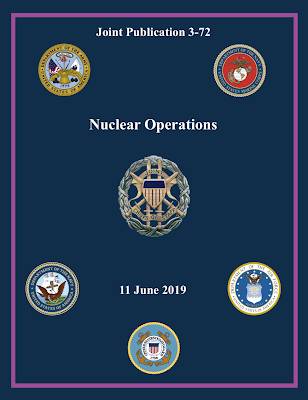
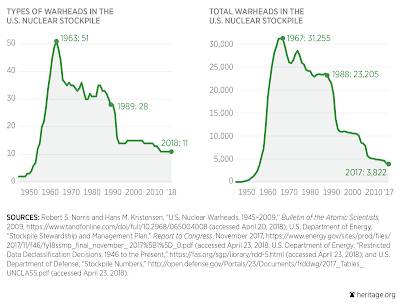
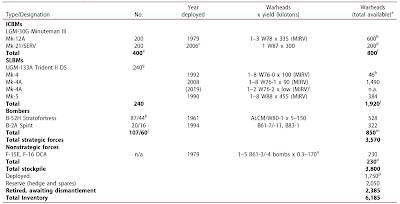
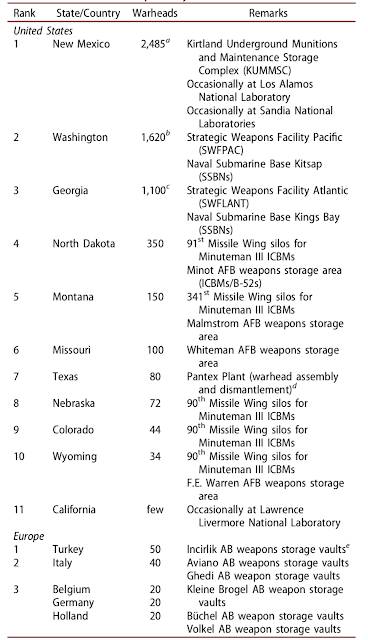
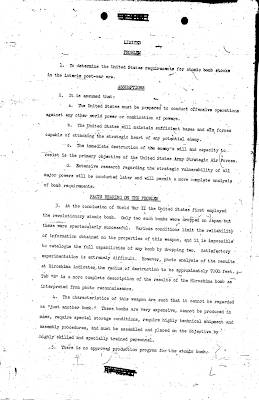
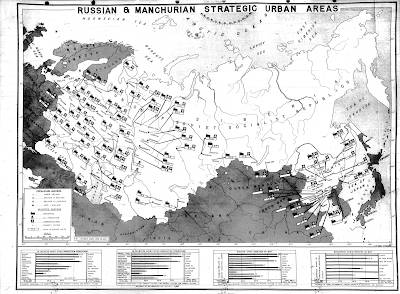
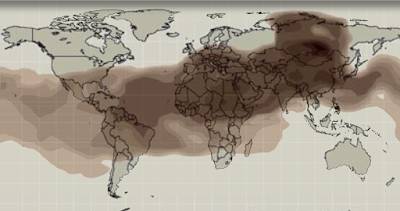
Be the first to comment